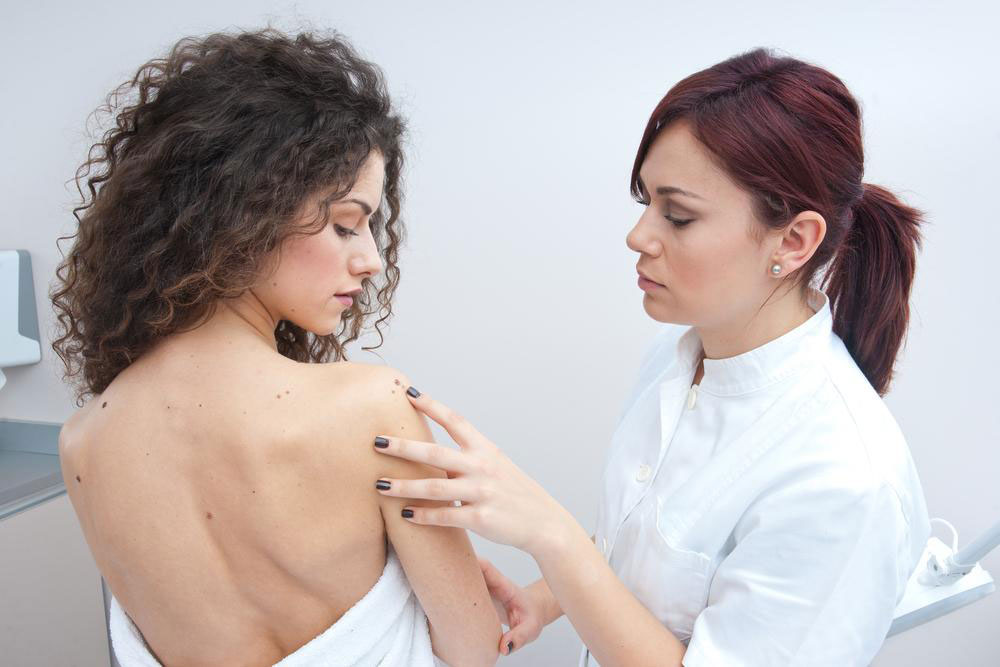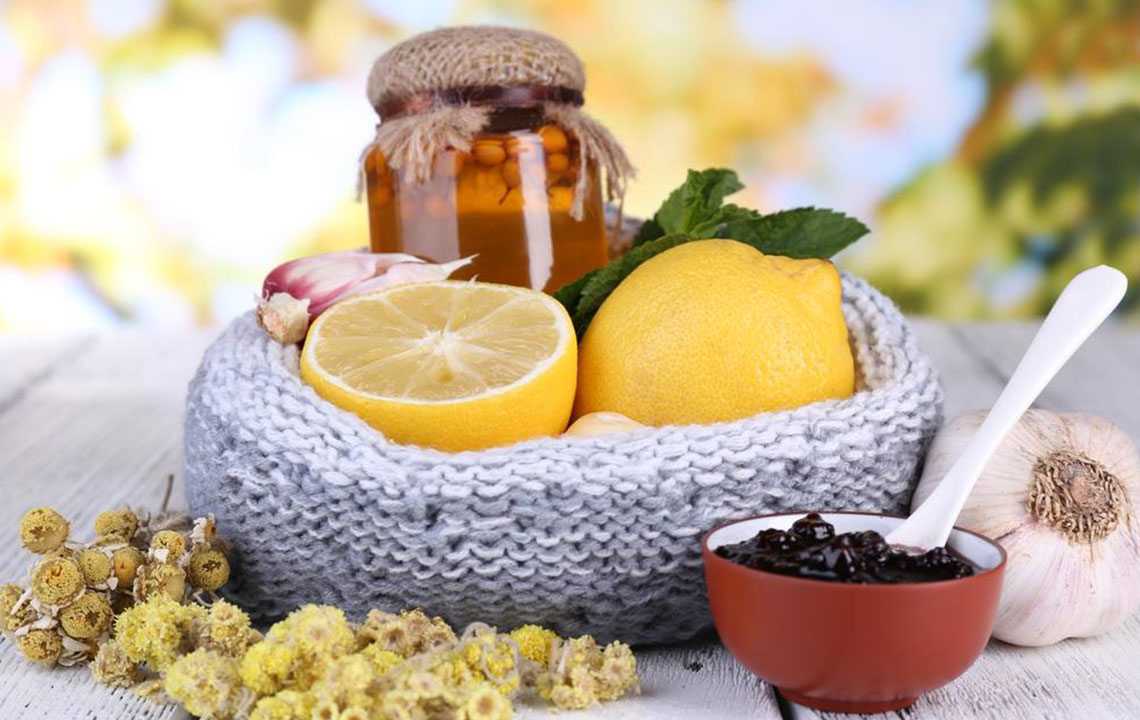Comprehensive Guide to Skin Infections and Their Remedies
This comprehensive guide explores various skin infections, including bacterial, fungal, and viral types. It covers symptoms, causes, treatments, and effective home remedies. Learn how to identify and manage skin conditions like acne, warts, ringworm, and more with practical advice and natural remedies to help promote healthier skin. The article emphasizes the importance of proper diagnosis and medical consultation for effective treatment and prevention of skin infections.

Comprehensive Guide to Skin Infections and Their Remedies
Understanding various skin infections and their effective remedies
Skin infections result from microorganisms and parasites that invade the skin, leading to symptoms like itching, rashes, ulcers, and blisters. These infections can target different body areas. While many are bacterial, fungal and viral types are also common.
Classification of skin infections
To determine proper treatment, identifying the infection's cause is crucial. Skin infections are mainly categorized into bacterial, fungal, and viral types, based on their origin.
Bacterial infections
Our skin hosts a variety of bacteria, most of which are beneficial. However, an overgrowth or invasion by harmful bacteria can cause infections. Common bacterial skin conditions include leprosy, staph infections, carbuncles, impetigo, and cellulitis.
Fungal infections
Fungal skin issues include athlete’s foot, yeast infections, fungal nail problems, ringworm, and sporotrichosis.
Viral infections
Viruses are tiny microorganisms that invade host cells, making infections difficult to treat. Diseases like AIDS are caused by viruses. Viral skin infections include measles, chickenpox, shingles, cold sores, and warts.
Most skin infections display on the outer skin layer, visible and easy to recognize. Examples include acne, warts, nail infections, athlete's foot, measles, chickenpox, impetigo, and cellulitis.
Acne
Hormonal fluctuations stimulate excess sebum production, clogging pores and fostering bacterial growth. Acne manifests as pustules, cysts, or papules.
Fungal nail infections
Typically affecting toenails, causing flaking and crumbling. Treated effectively with antifungal creams.
Warts
Contagious growths caused by human papillomavirus, often found on hands, feet, or joints.
Ringworm
Fungal infection caused by dermatophytes, presenting as ring-shaped rashes.
Athlete’s Foot
Fungal infection from moisture-rich environments like sweaty shoes. It affects not only athletes.
Candidiasis
Overgrowth of candida fungus leading to red, itchy patches, mainly in armpits and groin.
Measles and Chickenpox
Common childhood viral diseases with lifetime immunity after occurrence.
Shingles
Reactivation of chickenpox virus causing painful skin rashes later in life.
Internal skin infections involve deeper layers and include:
Carbuncle
Clustered boils caused by S. aureus, affecting hair follicles. Treated with antibacterial washes and antibiotics.
Cellulitis
Serious bacterial infection spreading rapidly beneath the skin, leading to redness, swelling, and pain. Requires prompt antibiotic treatment.
Management options for skin infections
Depending on the type, treatments include antiseptic, antifungal, corticosteroid creams, or antibiotics. Vaccines, especially for viral infections like smallpox, are highly effective. Resistance, such as MRSA, presents challenges, but newer antibiotics, including long-acting formulations, are available.
Home healing approaches
Apply neem leaf paste directly on infected areas; neem has antiseptic properties.
Use tea tree oil topically for its antimicrobial effects.
Apply apple cider vinegar or yogurt to combat fungal infections.
Soothing and healing can be aided by crushed aloe vera gel, which has antibiotic qualities.
Tumeric, a natural antiseptic, helps in treating various infections.
Tomato lycopene compounds may reduce inflammation and promote healing.
Crushed garlic paste has antimicrobial benefits.
Coconut oil, with its antibacterial and antifungal properties, is beneficial—adding a bit of cinnamon oil enhances its efficacy.
Note:
Our blog provides practical, research-backed health information across categories. While informative, articles should not replace professional medical advice. The website cannot guarantee data accuracy or cover all available schemes and offers. Always consult healthcare professionals for diagnosis and treatment.










